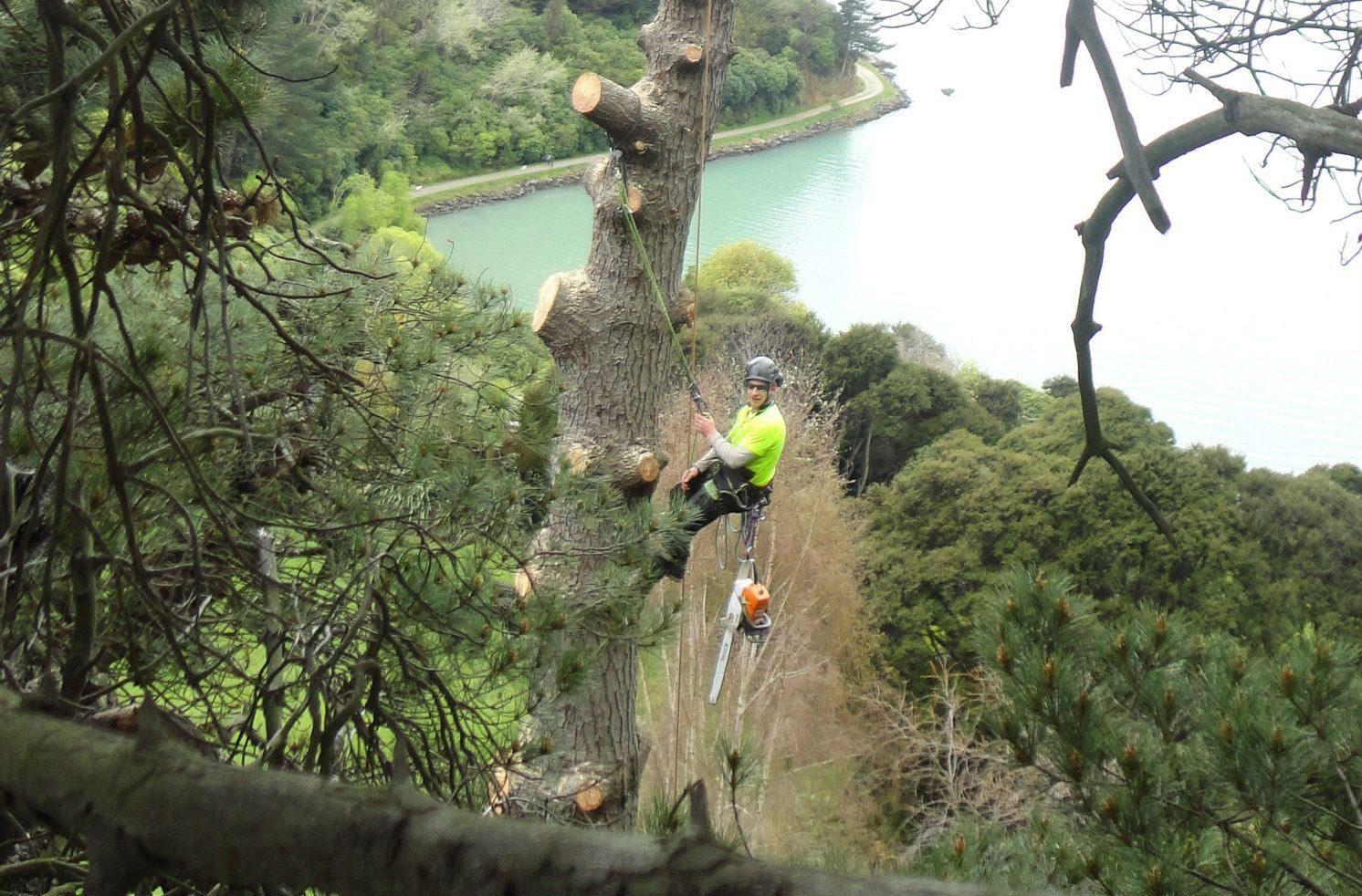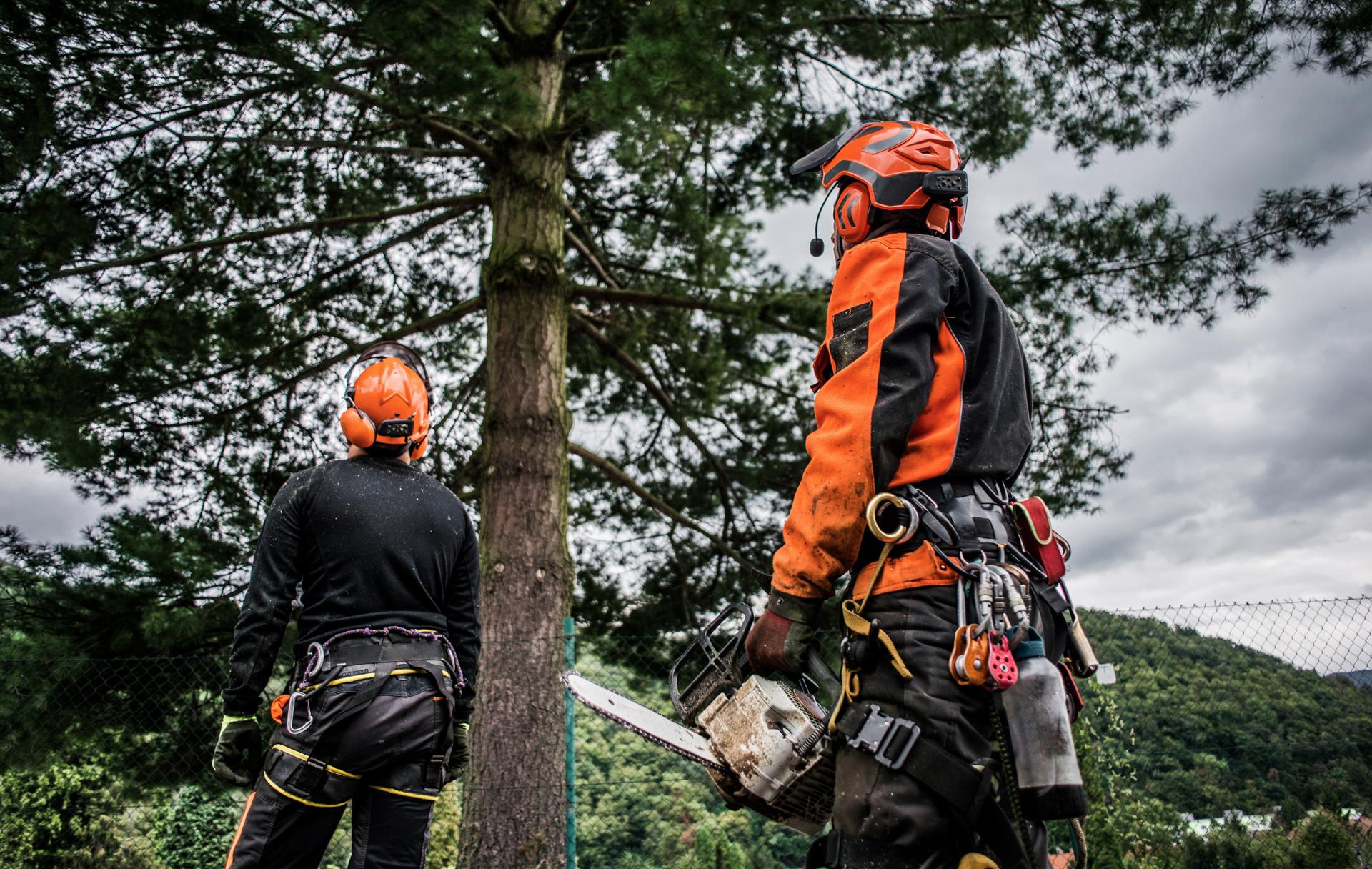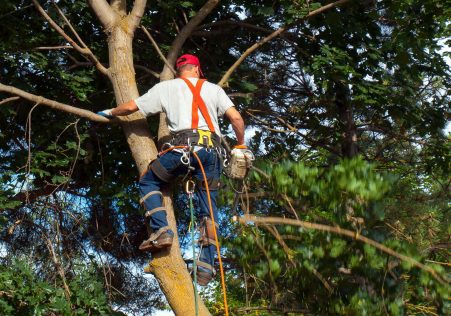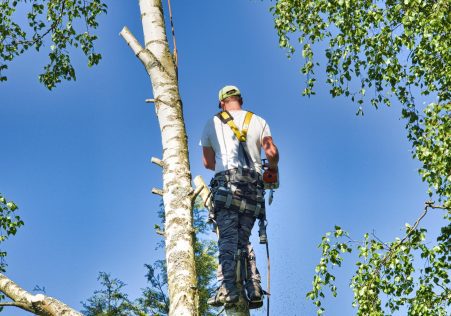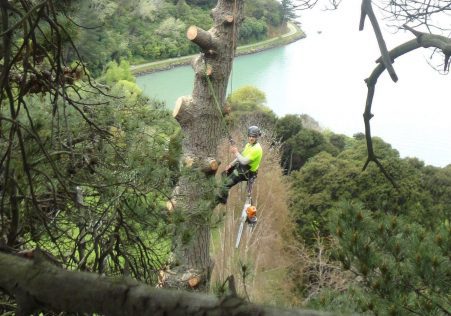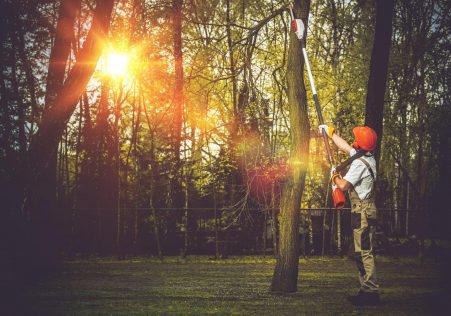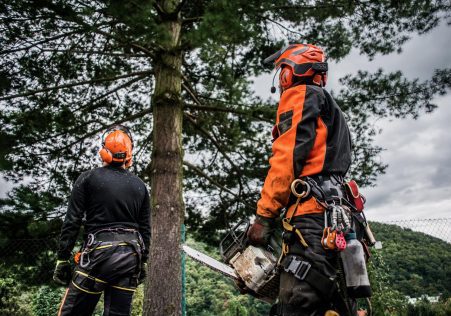How to Determine the extent of protection a tree has Prior to removing it
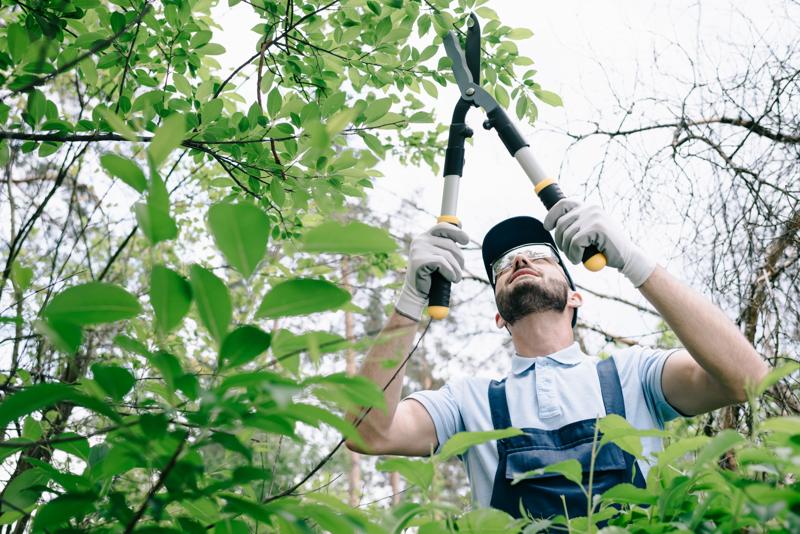
Trees play an important contribution to our ecosystem as they provide shade, clean air and aesthetic value our surroundings. However, not all trees are equal and some carry extra protection status, which makes it illegal to perform any activity without authorization. If you are considering having a tree removed it is crucial to be aware of the protection status of the tree being considered and the steps you have to follow to be in compliance with the law. In this article, we’ll guide you through the process of determining whether a tree is protected and what you have be doing to make sure you are following the law.
What is a protected tree?
A protected tree is subject to specific legal controls and it is unlawful to works on a tree without obtaining the necessary permissions. There are two kinds of protection that trees may have - preservation orders and protection orders.
Statutory protection
Under legal protection, trees are protected by laws and subject to Tree Preservation Orders (TPOs). TPOs are put in place by local authorities in order to protect trees of significant public value and to ensure that they are not destroyed or damaged.
Preservation orders
Preservation orders are similar to TPOs , but are put in place by the Secretary of State for the Environment. Preservation orders for trees are considered to have an exceptional value and are protected from all work, which includes cutting down.
How can I tell when a tree is in danger?
To determine if a tree is protected, you must to verify if it’s subject to an TPO or preservation or protection order. It is done by contacting your authorities in your area and asking them look up their records.
TPO search
To find the TPO to locate one, contact your local Tree or Woodland Official from your local authority, who can inform you whether the tree is in the protection. They will also be able to guide you on the next steps you should take if the tree is protected.
Preservation order search
To search for a preservation order you’ll need to call Secretary of State, Department of the Environment. They will be able to inform you whether the tree is protected and provide you with the necessary information and guidance.
FAQs:
What happens if I carry out work on a tree that is protected without permission?
If you carry out work on a tree that is protected without the proper authorizations, you could be subject to significant fines, and possibly even jail time.
Can I contest an TPO Or preservation or TPO?
Yes, you are able to appeal an appeal of a TPO or preservation order if you feel that it is not justified. You will have to provide evidence to support your argument and demonstrate that you believe that the TPO or preservation order isn’t necessary.
Can I cut down a tree that is protected tree?
It is unlawful to take down protected trees without the necessary permissions. If you need the tree to be removed, you will need to request permission and submit evidence to support your case.
Conclusion
In conclusion, discovering whether a tree is protected is an essential step to ensure that tree work is legally completed. By understanding the different types of protection and the best way to check for them to ensure you’re in compliance with the law and safeguarding the trees in your care. If you’re unsure of the protection status of a tree, we recommend seeking professional advice from a reputable tree specialist such as Western Sydney Tree Removal. Our team of experienced arborists will be able to advise you regarding the status of protection of your trees and walk you through the required steps to make sure you’re acting within the law. With our experience and dedication to providing top-quality tree care we will help you preserve the beauty and worth for your tree. Call us now by calling 1300 636 143 to schedule a appointment, and let us guide you on how to keep your trees safe and healthy.

